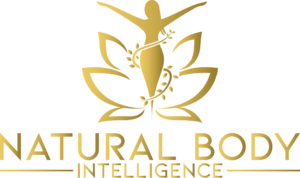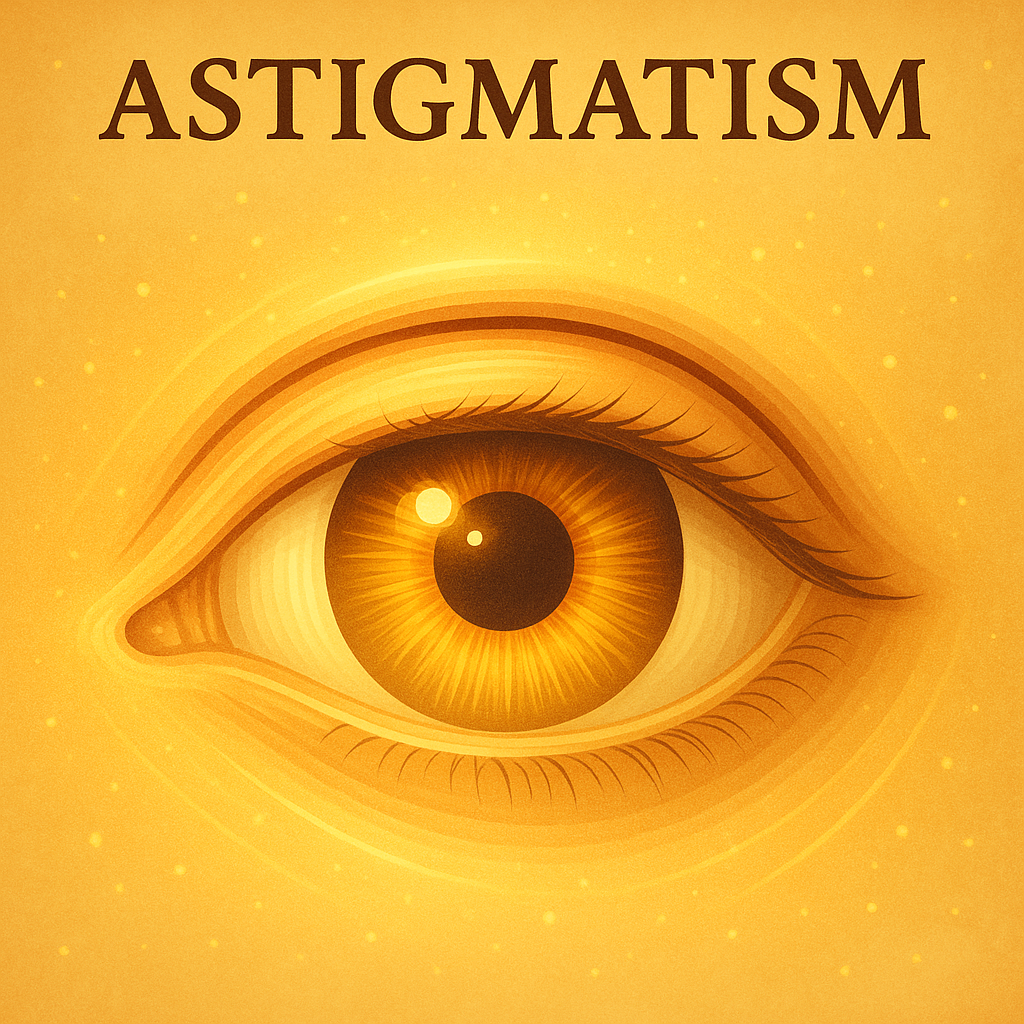Astigmatism: A Distorted View of the World Within
Astigmatism is usually described as a defect in the curvature of the eye’s cornea or lens, causing blurred or distorted vision. But from a Natural Hygiene perspective, this condition reflects far more than an optical irregularity—it is the physical manifestation of strain, tension, and toxicity that have affected the delicate tissues of the visual system.
The eyes are not isolated mechanical lenses; they are living extensions of the brain and nervous system. When the body is exhausted, toxic, or emotionally tense, the fine muscles that control the shape of the eye become strained, altering the curvature and leading to visual distortion.
Astigmatism, then, is not simply a defect—it is a message from the body that the inner terrain has lost balance and harmony.
The Eyes as Mirrors of the Body
The eye is one of the most oxygen-sensitive organs in the body. Clear vision depends on clean blood, strong nerve energy, and relaxed eye muscles. When any of these are disturbed, clarity fades—both literally and metaphorically.
The cornea and lens must maintain precise shape and hydration to focus light accurately on the retina. But when the body is dehydrated, acidic, or tense, the fluids that nourish these structures change in consistency, leading to microscopic distortions. The result is blurred or uneven focus known as astigmatism.
In Natural Hygiene, the eye’s condition reflects the whole person—body, mind, and emotion. The clearer the internal terrain, the clearer the perception of the outer world.
The True Causes of Astigmatism
- Chronic Tension and Eye Strain
Constant screen use, artificial light, and emotional stress cause the eye muscles to tighten, distorting the corneal shape. - Poor Circulation and Oxygen Supply
Shallow breathing and lack of movement reduce oxygen delivery to the eyes, weakening their tissues. - Toxaemia and Poor Nutrition
Acidic foods, processed diets, and dehydration create congestion in the fine blood vessels of the eyes. - Emotional Stress and Suppression
Vision is deeply linked to emotion. Fear, grief, or resistance can create literal “distortion” in how we see. - Overwork and Lack of Rest
When nerve energy is depleted, the fine muscles of the eyes lose coordination and flexibility.
Astigmatism develops gradually as a functional adaptation to this tension. The eye changes shape under chronic strain—an intelligent adjustment to help focus light through a disturbed system.
The Natural Hygiene Path to Healing
Natural Hygiene teaches that the body will always return to normal function when given the proper conditions. Astigmatism can improve naturally when the underlying causes—tension, fatigue, and toxicity—are removed.
1. Rest the Eyes and Nervous System
Regular rest is the foundation. Limit artificial light and screen time. Use soft natural lighting and practise closing the eyes for a few minutes throughout the day. Sleep early and deeply to recharge nerve energy.
2. Improve Circulation and Oxygenation
Spend time outdoors in fresh air. Gentle movement, walking, and deep breathing improve blood flow to the eyes and brain. Oxygen restores clarity and flexibility to the eye tissues.
3. Eat Living Foods
Raw fruits, leafy greens, and vegetables provide antioxidants and hydration that support the optic nerves. Avoid stimulants, refined foods, and salt—all of which dehydrate and irritate the eyes.
4. Fast or Simplify the Diet
Short fasts or fruit-only days allow the body to eliminate waste that clouds both physical and mental vision. As the blood purifies, sight often sharpens naturally.
5. Practise Relaxation and Eye Exercises
Gentle eye movements, blinking, and sun-gazing (eyes closed) help relax the muscles and restore coordination. Combine this with relaxation techniques for the whole body—what benefits the mind also benefits the eyes.
6. Address Emotional Vision
Often, physical vision mirrors emotional perception. Ask: What am I unwilling to see clearly? Bringing awareness to repressed feelings can release muscular tension and restore balance.
The Symbolism of Astigmatism
In the language of the body, distorted vision can reflect distorted inner perception—seeing life through the haze of fear, control, or fatigue. When we return to natural living—honesty, rest, and openness—our inner and outer sight both become clearer.
The eyes are not failing; they are responding to imbalance. When we care for the whole body through fasting, pure food, rest, and peace of mind, the eyes gradually regain harmony and focus.
In Summary
Astigmatism is not a fixed defect but a reversible state of strain and toxicity. The eyes are among the first organs to reveal when the body has lost balance. Healing requires not lenses or surgery, but a return to nature’s rhythm—deep breathing, sunlight, hydration, rest, and emotional release.
As the body purifies and the nervous system relaxes, the curvature of the eyes can normalise, restoring both clear sight and inner peace. The clearer the life, the clearer the vision.


